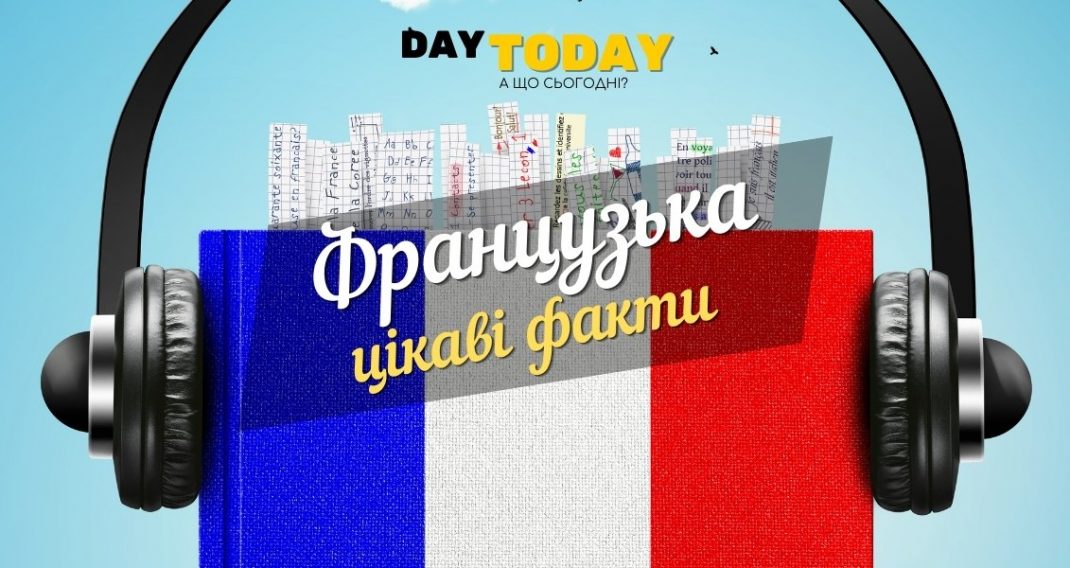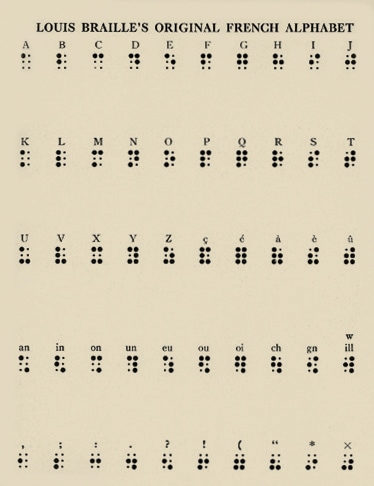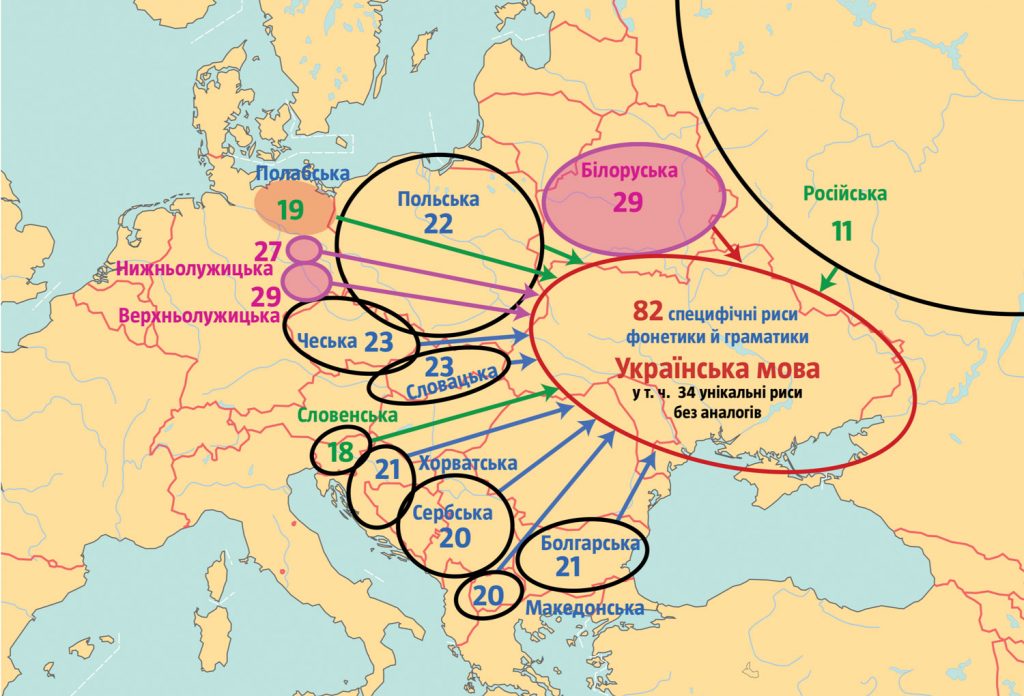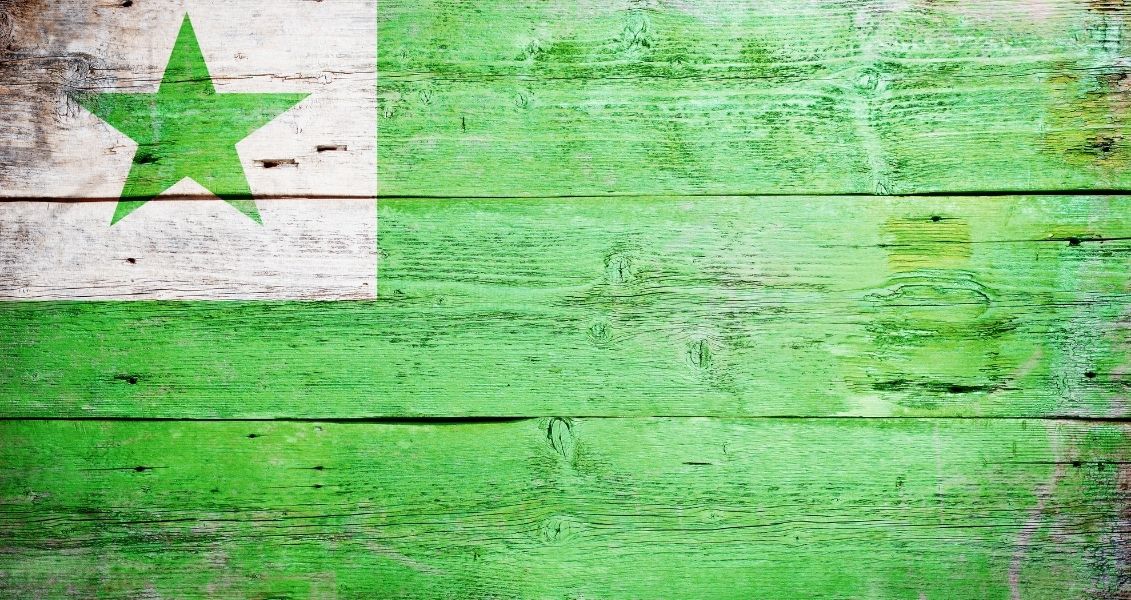Latin is considered a dead language and, probably, this is not entirely fair. Can the fruit from which the tree grew be considered dead?
-
1.
Stages of development of the French language -
2.
Interesting facts about the French language-
2.1.
Culinary features of the language -
2.2.
Heraldic heritage -
2.3.
Alphabet-
2.3.1.
Foreign letters -
2.3.2.
The most used letter
-
2.3.1.
-
2.4.
The longest word -
2.5.
The longest sentence -
2.6.
Non-standard numerals -
2.7.
Without a middle -
2.8.
Language prevalence -
2.9.
Official status -
2.10.
Native language -
2.11.
Phraseologisms -
2.12.
What do sapa and sapper have in common? -
2.13.
Does the prompter like souffle?
-
2.1.
Various peoples and tribes lived within the Roman Empire, each of which had its own language and traditions. And this conglomerate of nations was united by Roman legions, a network of roads and the so-called vulgar (folk) Latin – a colloquial variant of the Latin language, common in the provinces of the empire.
It was this version of Latin that became the basis of the Romance language tree, a powerful branch of which is the French language.
The evolution of the French language can be divided into several stages, but they are quite conditional, since the transition from popular Latin to modern French took place gradually over many centuries.
Stages of development of the French language
- Old French (9th-14th centuries)
- Middle French (14-17 centuries)
- classical and modern French (from the 17th century)
The first mention of a language other than Latin is dated 813 yearwhen at the Tursky Cathedral priests were recommended to read sermons not in Latin, but in a language understandable to the parishioners – “in rustica romana lingua” (“in rustic Roman language”).
Already in 842 year the first text was written in the Old French language – the so-called “Strasbourg Oaths”. It was a treaty between the brother-kings Charles II the Bald and Louis II of Germany.
IN in 1066 the Norman conquerors brought with them to England not only the classical feudal system, but also the Old French language they spoke. For three centuries, French was the official language of England. Linguists estimate that 30 to 50% of modern English vocabulary is borrowed from French. As a rule, these are words from court cases, educational and church spheres, military cases and aristocratic titles.
Only in in 1362 the English Parliament adopted the Pleading in English Act – an act on the mandatory use of English in state courts. At the same time, the act was written in French and was communicated in the parliament at least until 1423.
During the feudal fragmentation of France, the population of the country spoke various languages or dialects. Old French consisted of two main dialect variants: northern (langue d’oil) consisted of Gallo-Romance dialects, folk Latin with a certain influence of Germanic dialects, and the southern (langue d’oc) was closer to popular Latin. In turn, each of these options had its own dialects:
- langue d’oil – Angevin, Walloon, Picardy, etc.;
- langue d’oc – Catalan, Gascon, Savoy, etc.
Therefore in in 1539 King Francis I issued a decree (ordinance) according to which the French language (more precisely, the dialect of the Ile-de-France region and the language of the royal court) received the status of the only state language. According to the decree, all document circulation was now to be conducted in French instead of Latin or other regional languages (Gascon, Provençal, etc.).
IN in 1635 the main antagonist of D’Artagnan (if Dumas is to be believed) and the outstanding statesman Cardinal Richelieu contributed to the creation French Academy. In the statute of the academy, its main goal is “tireless concern for the purity of the French language”. It is this scientific institution that regulates the literary norms of the French language to this day.
IN 18th century a paradoxical situation arose: the French language gained more and more recognition in the world, but the vast majority of French residents did not know the national language.
During the period from 1790 to 1792 Abbé Grégoire conducted research by sending questionnaires to all departments of the country with questions about the language situation in the region. The results of this survey unpleasantly struck him. In his report, he noted that the inhabitants of France speak thirty different dialects, and “at least 6 million French people, especially in the villages, do not know the national language; the same number is unable to support a conversation; the number of those who speak it does not exceed 3 million people, and those who write it correctly are probably even fewer.”
Activists of the French Revolution did not mess with their enemies, that is why they acted decisively in language policy. In July 1794 they simply forbade drawing up any documents in regional languages, and for non-fulfillment of the decree an official was threatened with six months’ imprisonment. This decree was valid only for a month and a half and was canceled after the execution of Robespierre, but to some extent it started the process of language unification in France.
But outside France, the French language is 18th century became wildly popular: it was spoken in aristocratic circles of different countries, prominent scientists – the German Leibniz and the Italian Galiani – wrote their works in French. In diplomacy, French replaced Latin and until the First World War it remained the only officially recognized international language.
With the onset of globalization, the French language began to lose ground again in its own territory. If in the Middle Ages the French language significantly influenced English, then with 20th century the reverse process began – the widespread penetration of Anglicisms into the French language.
To counter this, the French Parliament passed a number of laws:
- in 1975, the Ba-Loriol Law prohibited the use of foreign language terms in advertising
- in 1992, the French language received official status in the country
- in 1994, the Toubon law was adopted, which strengthened the status of French as an official language.
Now, for example, the words Facebook or Twitter are not used in French TV or radio space – this is prohibited by regulatory documents.
Interesting facts about the French language
Culinary features of the language
After the Norman Conquest, French became the language of the ruling elite of English society for several centuries. This found an interesting reflection in the English vocabulary. For example, the word “pig” comes from “picg” – a word with Germanic roots used by a Saxon peasant to call a domestic animal. But pork was already tasted by his Norman suzerain, so in English the word “pork” is used to denote pork, which is a tracing from the French “porc”. Similarly, cow is “cow”, but beef is “beef” from the French word boeuf.
Heraldic heritage
The French language not only enriched the English language, but also bequeathed the motto of the British monarchy. The coat of arms of Great Britain contains the phrase in French – “Dieu et mon droit ” (God is my right).

The coat of arms of the Netherlands also has the motto of the Orange dynasty in medieval French – “Je Maintiendrai” (I will save).
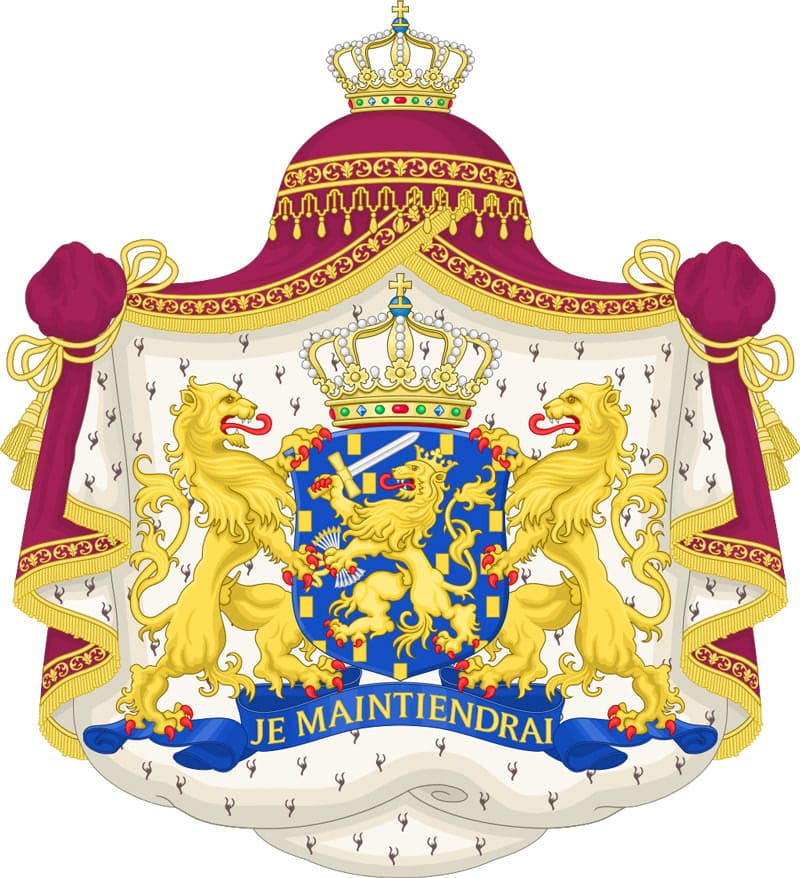
Alphabet
The French alphabet consists of 26 letters, five diacritical marks and two ligatures.
Foreign letters
There were no letters in the original French alphabet K and W. Now they are used only in words of foreign origin and proper names: kolkhoze – collective farm, wagon – wagon.
The most used letter
The most used letter in the French alphabet is letter IS. But this did not prevent the writer Georges Perec from writing the novel “La Disparition” (“Disappearance”), in which this letter is never found. When translating the novel into other languages, the same principle was also followed – the complete absence of the letter E or another vowel letter, the most common in the respective language.
The longest word
Excluding chemical compounds, the longest word in the French language is “anticonstitutionellement” is unconstitutional.
The longest sentence
Victor Hugo’s novel “Les Miserables” contains the longest sentence in the French language – 823 words.
Non-standard numerals
The French language offers an unusual logic for the construction of some numerals. The number 70, which is pronounced as “soixante-dix” and means “sixty and ten”, is the first to fall out of the usual scheme. Then there are also their own peculiarities: 80 – “quatre-vingts” (“four past twenty”) and 90 – “quatre-vingt-dix” (“four past twenty and ten”).
Without a middle
The French language does not have neuter words – in the process of transformation of popular Latin, they turned into masculine words.
Language prevalence
According to data from the Ethnologue website, almost 267 million people speak French, of which 77 million consider French to be their native language.
Official status
French is the official language of many countries in the world: Belgium, Switzerland, Vanuatu, Seychelles, Comoros, Madagascar, Burkina Faso, Niger, CAR, Chad, Benin, Burundi, Gabon, Guinea, Equatorial Guinea, Djibouti, Cameroon, DR Congo, Congo, Ivory Coast, Mali, Rwanda, Senegal, Togo, Haiti, Luxembourg, Monaco, Canada.
Native language
The closest language to French is Italian – the vocabulary of these two languages is 89% similar. This is followed by the Lugodor dialect of Sardinian (80%), Romansh (78%), Portuguese, Spanish and Romanian (all 75%).
Phraseologisms
In French the word “assiette” has several meanings, including “plate” and “state” or “mood.” It is possible that the not entirely correct translation of the French expression became the reason for the appearance of the phraseology “not be in your plate“.
Trace from French is also the expression “kill the worm” (“tuer le ver” – literally “kill the worm”). Previously, it was believed that a glass of vodka on an empty stomach was supposed to help a person in the fight against helminths.
What do sapa and sapper have in common?
Many Ukrainians are familiar with such an agricultural and gardening tool as a hoe. Who hasn’t held it in their hands at least once in their life? The word “hoe” comes from French “sape” and has another meaning – a trench or ditch covered by a rampart for undermining the fortress wall. It is not surprising that over time the specialists who performed the relevant work began to be named sappers. Thus, Ukrainian village grandmothers are also sappers to some extent.
Does the prompter like souffle?
Two more words from different fields come from the same French word “souffle” (“breathing”). Accordingly, the dish “souffle” got its name because it is light and airy, and a prompter came to be called a person who prompts the actors with the text by “exhaling” the words.
More interesting facts on our “Planet of Facts” in Telegram. Join in!
- About the author
- Other articles
- “Coca-Cola” is a success story, interesting facts – May 19, 2022
- Mr. Feynman is an outstanding physicist and a great joker – May 11, 2022
- Red poppies as a symbol of memory – May 8, 2022
